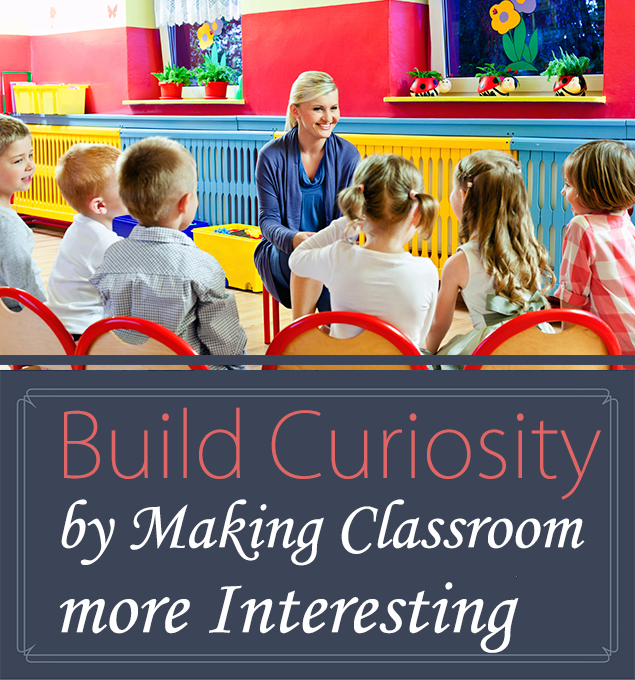How can we Build Curiosity in the Classroom?
Posted by Network Support · Leave a Comment
Make your classroom an exciting learning environment that builds curiosity. These 5 Tips to building curiosity in your students will open the doors to curious life long learners.
“The whole art of teaching is only the art of awakening the natural curiosity of young minds for the purpose of satisfying it afterwards.”
-Anatole France*
Curiosity, as we all know, drives us to explore the unknown. Right from the infancy stage, learning occurs as a result of actions taken to satisfy one’s curiosity of the world around them. Although an inherent trait, we have seen that older students tend to be less curious, adversely affecting their interest and engagement in learning. Therefore building curiosity should be our first course of action towards improving learning in the classroom.
Benefits of building curiosity
A quick look at the some of the many benefits of building curiosity in the classroom:
- It motivates learning and gets students to ask questions and find answers.
- It increases the quality and quantity of learning.
- It enhances the creativity of the students.
Strategies for building curiosity in the classroom
Most of our pedagogic structures are so focused on obtaining measurable outcomes, that there is often no room or opportunities for building curiosity. By building curiosity, we can transform our students from being bored and disinterested, to enthusiastic, eager young minds, open and willing to learn. Here we have listed some strategies to help you with this process:
1. Set the example
Modeling positive behavior will go a long way in instilling curiosity in students. Students learn almost everything by observing the behavior around them. It is therefore important that teachers embrace and use curiosity as a part of their teaching process as well. If your teaching favors an inquisitive and curious approach, the more engaged your students will be in the classroom.
2. Use more “what ifs?”
These two simple words, but when combined together they open up doors to immense possibilities. A simple “what if” question at the beginning of a lesson will facilitate curiosity and encourage students to stretch their imagination and think beyond the usual.
3. Learn their interests
Take a little time to figure out what your students are interested in. You can incorporate their interests into your lessons to build engagement. This integration will help to nurture the student’s curiosity and improve their confidence in their thought process, encouraging them to explore and learn more.
4. Spice up your classroom
Add a little mystery and use props to make the classroom more interesting. Instead of writing down the topic heading, conduct an experiment, play a game or act out a character. These activities will help create suspense and get your students curious and excited to learn more. Use puzzles, jigsaws and even a treasure hunt as a closure activity to build curiosity for the next day’s lesson.
5. Give ‘curious’ projects
Post some interesting facts on your bulletin board or frame a list of questions and encourage students to find the answers to them. Allocate students into groups and assign a project that may require them to research something different. For example when learning about the Tempest, by Shakespeare, you can instruct students to learn more about that the time period, the ruling system etc. This can help enhance the student’s curiosity in the actual lesson.
Thus by building curiosity, we can stimulate and encourage our students to explore and learn more about the world around them.
Like this article for teachers?
Browse the Professional Learning Board COURSE CATALOG to find related online courses for teachers in your state. Professional Learning Board is a leading provider of online professional development classes that teachers use to renew a teaching license or renew a teaching certificate.





